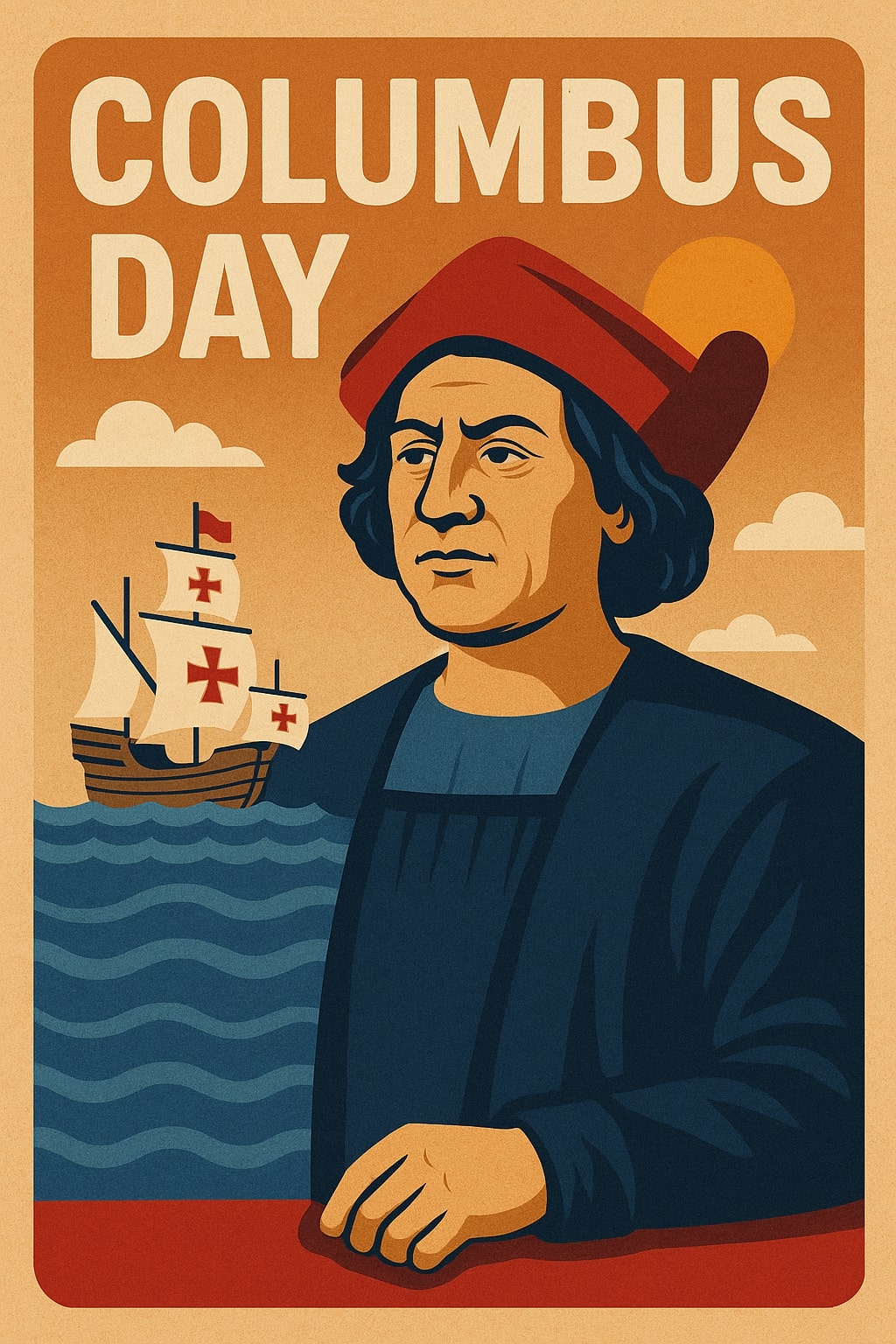Posted On 13 Oct 2025
Columbus Day, observed on the second Monday of October in the United States, commemorates Christopher Columbus’s arrival in the Americas on October 12, 1492. Originally celebrated to honor the Italian explorer’s voyage under the Spanish crown, the holiday became a federal observance in 1937, largely due to lobbying by Italian-American communities seeking recognition of their heritage.
Traditionally, Columbus Day has been marked by parades, educational events, and civic ceremonies. For many, it symbolizes exploration, discovery, and the blending of cultures. However, in recent decades, the holiday has become a focal point of debate. Critics argue that celebrating Columbus overlooks the devastating impact of European colonization on Indigenous peoples, including displacement, violence, and cultural erasure.
As awareness of these historical consequences has grown, many states and cities have shifted toward celebrating Indigenous Peoples’ Day instead. This alternative observance honors the history, resilience, and contributions of Native American communities. States like California, Minnesota, and Vermont, among others, have officially adopted Indigenous Peoples’ Day, reflecting a broader reevaluation of historical narratives.
Today, Columbus Day exists in a complex cultural landscape. For some, it remains a day of ethnic pride and historical reflection; for others, it’s a reminder of the need to confront uncomfortable truths about the past. Schools, governments, and communities continue to navigate how best to observe the day in ways that promote inclusivity and historical accuracy.
Whether celebrated as Columbus Day or Indigenous Peoples’ Day, the second Monday of October invites Americans to reflect on the legacy of exploration, the consequences of colonization, and the importance of honoring all voices in the nation’s history. It’s a moment to learn, engage, and consider how history shapes our present and future.








